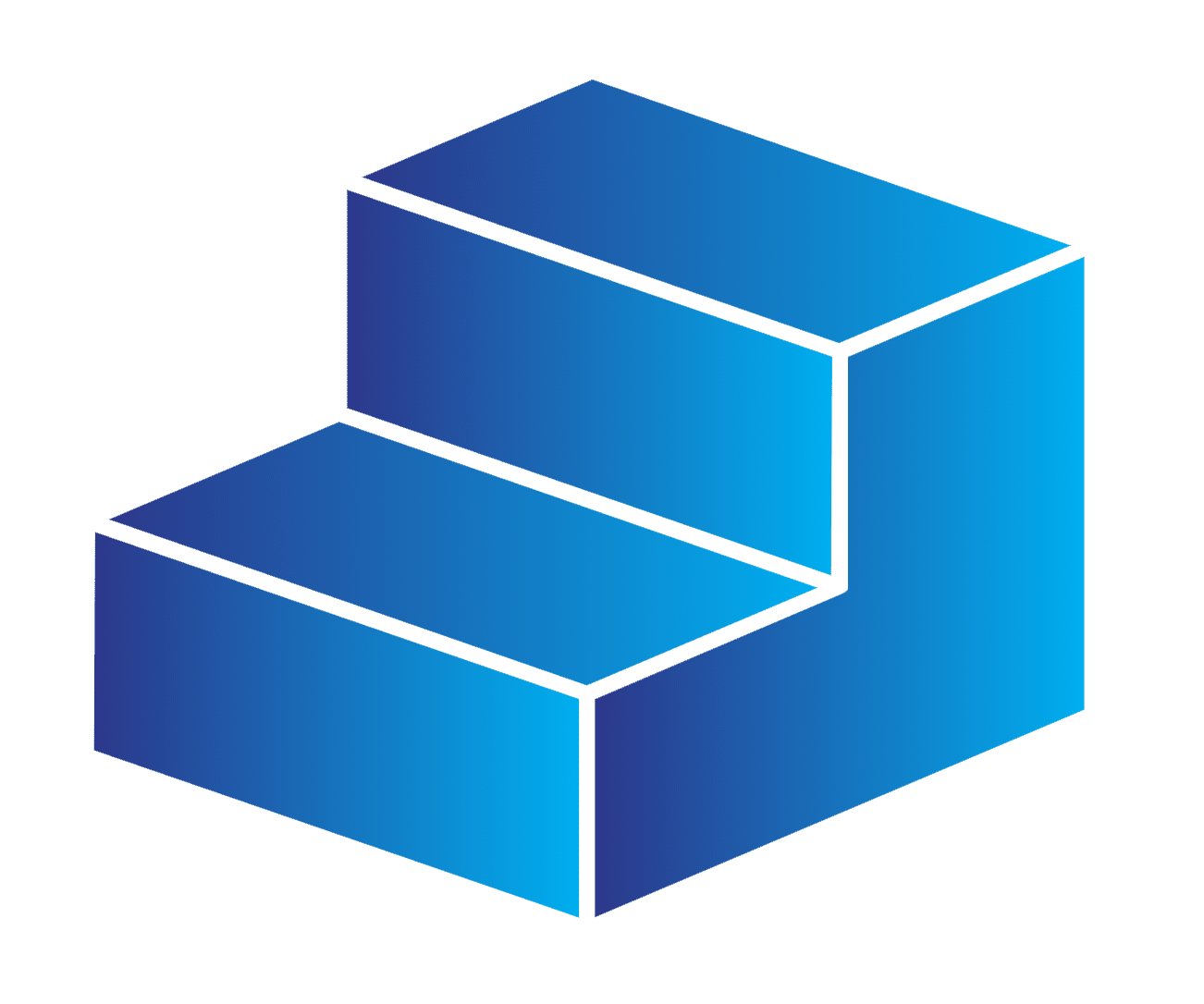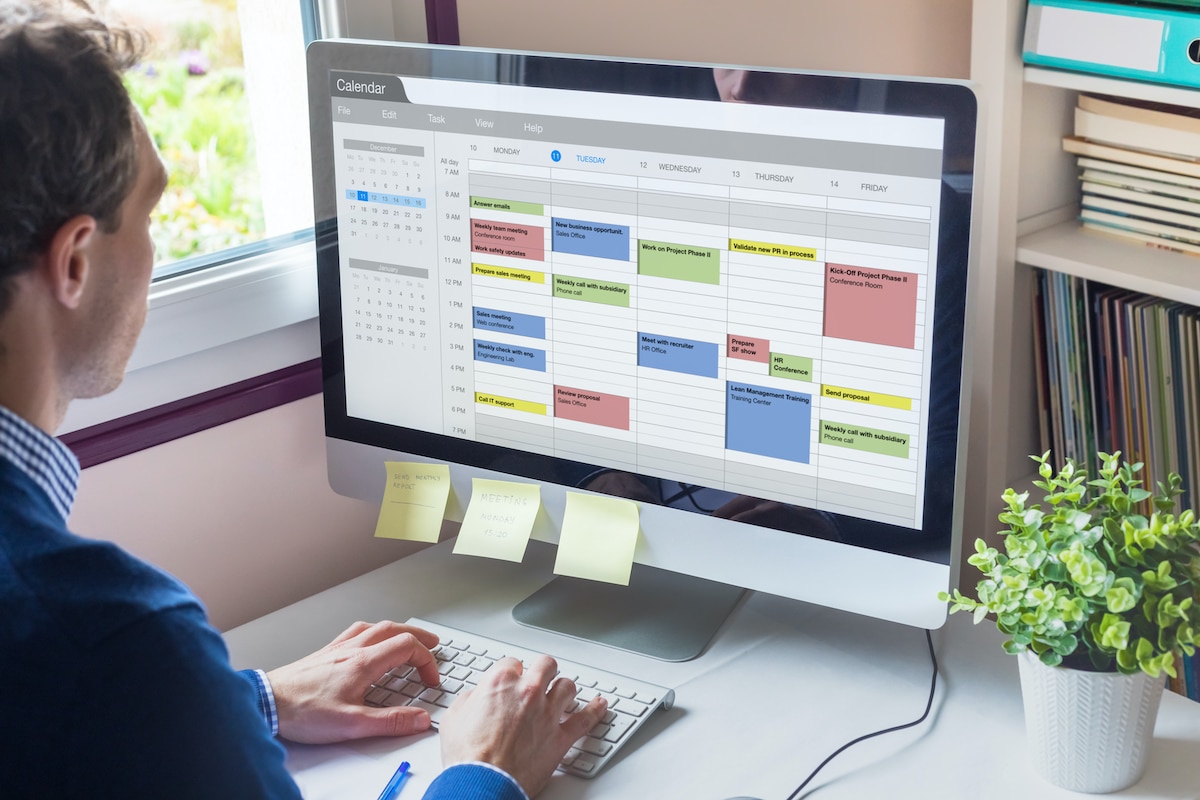Staying productive often feels like juggling flaming swords while balancing on a tightrope. Not anymore.
The sheer volume of tasks can leave even the most seasoned professionals feeling overwhelmed and, at times, utterly stuck. But here’s the kicker: productivity isn’t about doing more. It’s about doing what matters most.
The good news? You don’t need to overhaul your entire life to become more effective. Small, consistent changes can create a massive impact.
Here are some practical, battle-tested strategies that successful professionals swear by to work smarter, not harder, plus the deeper reasons why these habits work and how to embed them into your daily life.
1. Start Your Day with a Plan
The simplest yet most powerful habit is planning your day before it begins.
Identify your top three priorities, your MITs (Most Important Tasks), and tackle them when your energy is at its peak.
This clarity ensures you’re working on what’s important.
Why it works: Clarity reduces decision fatigue, freeing up mental energy to focus on execution. A study by the Journal of Applied Psychology found that employees who set daily goals were 14% more productive.
Pro Tip: Reflect on the previous day’s wins and challenges during your planning session. This adds a layer of continuous improvement.
2. Time Blocking: Your Productivity Blueprint
Imagine your calendar as a canvas, and time blocking as the art of painting purpose into each hour.
By dedicating specific slots for deep work, meetings, or admin tasks, you create a structure that reduces decision fatigue and helps you stay on track.
Why it works: Time blocking forces intentionality. When you allocate time for specific tasks, you’re less likely to succumb to reactive work habits.
Advanced Tip: Include buffer zones between tasks. These short breaks help you transition smoothly and avoid task overlap.
3. The Pomodoro Technique: Work Smarter, Not Longer
Sometimes, the hardest part of productivity is simply starting.
The Pomodoro Technique offers a solution: 25 minutes of focused work followed by a 5-minute break. This approach not only combats procrastination but also maintains your focus and prevents burnout.
Why it works: Breaking work into manageable chunks lowers resistance and builds momentum. The frequent breaks also enhance long-term focus.
Experiment: Try varying your session lengths. For tasks requiring deep focus, extend to 45 minutes, followed by a 10-minute break.
4. Batch Similar Tasks Together
Switching between tasks, emailing, writing reports, brainstorming, can drain your mental energy. Successful professionals minimize this by batching similar tasks together.
Block time for emails, group meetings into one part of the day, and schedule creative work separately. It’s like putting your brain on a productivity autopilot.
Why it works: Task switching creates a cognitive load. By batching, you maintain a consistent thought flow, which boosts efficiency.
Pro Tip: Pair batching with tools like email templates or pre-meeting agendas to further streamline your workflows.
5. Declutter Your Environment
Productivity thrives in an organized space. Whether it’s your desk or digital workspace, a clutter-free environment minimizes distractions and fosters creativity.
Need a quick fix? Spend five minutes at the end of each day tidying up your workspace. Your future self will thank you.
Why it works: Clutter competes for your attention. An organized space helps you focus on the task at hand without unnecessary distractions.
Extra Step: Use digital tools like task managers or note-taking apps to keep your virtual space just as tidy as your physical one.
6. Learn to Say “No” Gracefully
Every “yes” you give is a “no” to something else. Protect your time by mastering the art of polite refusal.
If a request doesn’t align with your priorities or long-term goals, it’s okay to decline.
Remember, saying no to the unimportant lets you say yes to what really matters.
Why it works: Boundaries are essential for prioritization. Without them, you risk overcommitment and burnout.
Script for Success: When declining, offer an alternative: “I’m unable to commit to this right now, but I can revisit it in two weeks.”
7. Eliminate Distractions—Once and for All
We all know the usual suspects: social media, emails, and constant notifications.
Combat these distractions by creating a focused environment. Turn off notifications, use website blockers, or work in a quiet space.
Your attention is your most valuable resource, so guard it fiercely.
Why it works: Distractions pull you into reactive mode. Proactively eliminating them allows for sustained periods of deep work.
Advanced Move: Schedule distraction-free hours where you go completely offline, ensuring uninterrupted focus.
8. Set Clear, Measurable Goals
Vague goals lead to vague results.
Instead of “improve sales,” aim for “increase monthly sales by 15% in Q1.”
Break your big goals into smaller, actionable steps. Progress becomes visible, and motivation follows naturally.
Why it works: Measurable goals create a feedback loop. Seeing progress reinforces motivation and drives further action.
Check-In Tip: Set a recurring calendar reminder to review and refine your goals weekly.
9. Prioritize Self-Care
It’s easy to forget that productivity relies on a healthy mind and body.
Regular exercise, adequate sleep, and proper nutrition aren’t just “nice to haves” – they’re essential.
Schedule downtime to recharge, and don’t underestimate the power of a good night’s sleep.
Why it works: Self-care boosts energy levels and mental clarity, allowing you to perform at your best.
Bonus Habit: Practice mindfulness or meditation to reduce stress and improve focus.
10. Reflect and Adjust
No strategy is perfect straight out of the gate. Dedicate time weekly to review your productivity tactics. What’s working? What isn’t? Use these reflections to fine-tune your approach and keep growing.
Why it works: Regular reflection ensures continuous improvement, helping you adapt to changing demands.
Reflective Question: What’s one thing I can tweak next week to make my workflow smoother?
Productivity isn’t about being busy; it’s about being effective.
By implementing even a few of these habits, you’ll not only get more done but also create a sense of balance and accomplishment.
Remember, small, consistent actions lead to big results over time. So, which habit will you start with today?
This article was first published on Career Step Up.
Feature photo credit: NicoElNino

